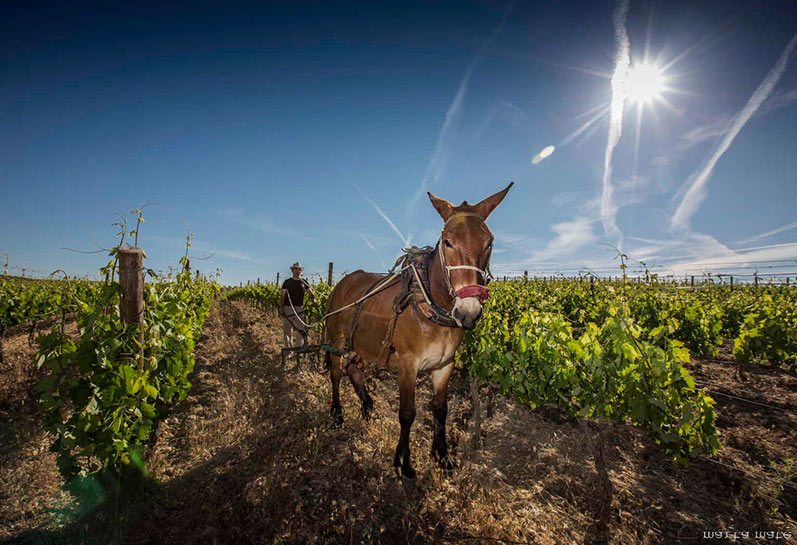The Timeless Appeal of Wine: Old World vs New World Wines
Wine, a beverage as ancient as civilization itself, has undergone countless transformations throughout history. From the historic vineyards of Europe to the innovative wineries of the New World, wine embodies a rich tapestry of tradition and innovation. In this article we delve into the distinctions between Old and New World wines, exploring their unique characteristics, production methods, and cultural significance.

A Historical Perspective on Old World and New World Wines
The term «Old World» typically refers to wines from traditional wine-producing regions in Europe, such as France, Italy, Spain, and Germany. These regions have long-standing histories of viticulture, with vineyards often passed down through generations.
Old World wines are often associated with classic varietals like Bordeaux, Bourgogne , Chianti, and Rioja or Ribera del Duero in Spain. These wines are celebrated for their complexity, depth, and ability to age gracefully. The production methods emphasize tradition, terroir (the unique characteristics imparted by a vineyard’s location), and meticulous craftsmanship.
In contrast, the «New World» refers to wines from regions outside of these traditional European areas. This includes countries like the United States (especially California), Australia, New Zealand, South Africa, Chile, and Argentina. The New World wine regions have gained prominence over the past century, driven by innovation, experimentation, and a focus on modern winemaking techniques.
New World wines are often characterized by their bold flavors, fruit-forward profiles, and accessibility. Winemakers in these regions are more inclined to experiment with different grape varieties, blends, and technologies, resulting in diverse and exciting wine offerings. The emphasis is on creating wines that are ready to drink relatively soon after production, catering to contemporary consumer preferences.
Production Methods: Tradition vs. Innovation in Winemaking
The production methods for Old World and New World wines highlight the balance between tradition and innovation.
Old World Wine Production:
- Terroir-Driven: The concept of terroir is paramount in Old World wine production. Winemakers emphasize the unique qualities imparted by the soil, climate, and geography of the vineyard.
- Manual Techniques: Many Old World wineries rely on traditional, labor-intensive techniques, such as hand-harvesting grapes and using natural fermentation processes.
- Aging Potential: Old World wines are often aged in oak barrels for extended periods, allowing them to develop complexity and character over time. The aging potential of these wines is highly valued.

New World Wine Production:
- Technological Innovation: New World wineries embrace modern technology and scientific advancements to enhance efficiency and consistency in winemaking.
- Experimentation: There is a greater willingness to experiment with grape varieties, fermentation methods, and aging techniques, leading to a wide range of wine styles.
- Consumer Focus: New World wines are often crafted to appeal to contemporary palates, with an emphasis on vibrant flavors, approachability, and immediate enjoyment
Taste Profiles: Subtlety vs. Boldness in Wine
What are the main differences about the wine from the Old and New World?
Old World Wines:
- Subtlety and Elegance: Old World wines often exhibit subtle, nuanced flavors with lower alcohol content. They are typically more acidic and less fruity, reflecting the terroir and traditional winemaking methods.
- Complexity: These wines develop complexity with age, revealing layers of flavors and aromas that evolve over time.

New World Wines:
- Boldness and Fruit-Forward: New World wines are known for their bold, fruit-forward flavors and higher alcohol content. They often have a pronounced sweetness and are more approachable for casual wine drinkers.
- Consistency: Thanks to modern winemaking techniques, New World wines tend to have more consistency in flavor and quality from year to year.
Conclusion: Old World vs. New World Wines
The world of wine is a dynamic interplay between the Old World and the New World. While Old World wines offer a connection to history, tradition, and timeless craftsmanship, New World wines bring innovation, diversity, and modern appeal to the table. Both have their unique place in the hearts of wine enthusiasts, enriching the global tapestry of viniculture.
Whether you prefer the storied elegance of a vintage Bordeaux or the vibrant freshness of a New Zealand Sauvignon Blanc, the journey through the world of wine is an endless adventure of discovery and delight. For more insights and reviews on your favorite wines, visit Tasters.wine.
Key Takeaways for Wine Enthusiasts
- Old World Wines: Characterized by subtlety, complexity, and a deep connection to terroir and tradition.
- New World Wines: Known for bold flavors, innovation, and accessibility, often embracing modern techniques and sustainability.
- Taste Profiles: Old World wines offer nuanced, elegant flavors, while New World wines provide bold, fruit-forward experiences.
- Cultural Significance: Old World wines are steeped in heritage and prestige, whereas New World wines are celebrated for their innovation and appeal to contemporary palates.
We are a family-owned company dedicated to bringing the finest wines from Spain to American wine lovers. Our passion lies in uncovering undiscovered wines and grape varieties from Spain’s diverse wine regions, ensuring that our customers experience the rich heritage and exceptional quality of Spanish wines.
Stay tuned to Wine Tasters Academy for more articles exploring the fascinating world of wine, from detailed reviews to insightful comparisons and expert tips.
And remember that there is no better wine than the right wine for every occasion.



